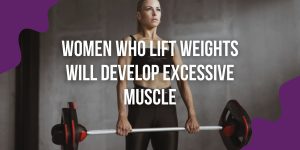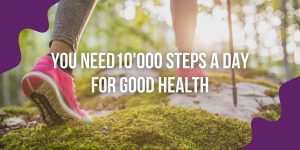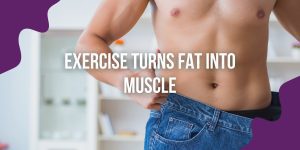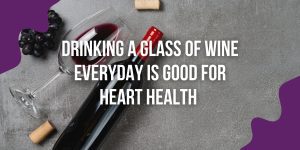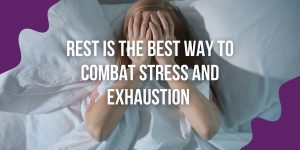Todays digital world provides a limitless amount of information surrounding health and fitness, most of which can feel overwhelming to even the most experienced gym goer. Worthwhile information can become lost in false claims and fad fitness trends making it incredibly difficult to decipher the right information. This article clearly highlights 10 of the biggest health myths in order to allow you to feel more confident in your knowledge and make a difference to your overall health and fitness.
